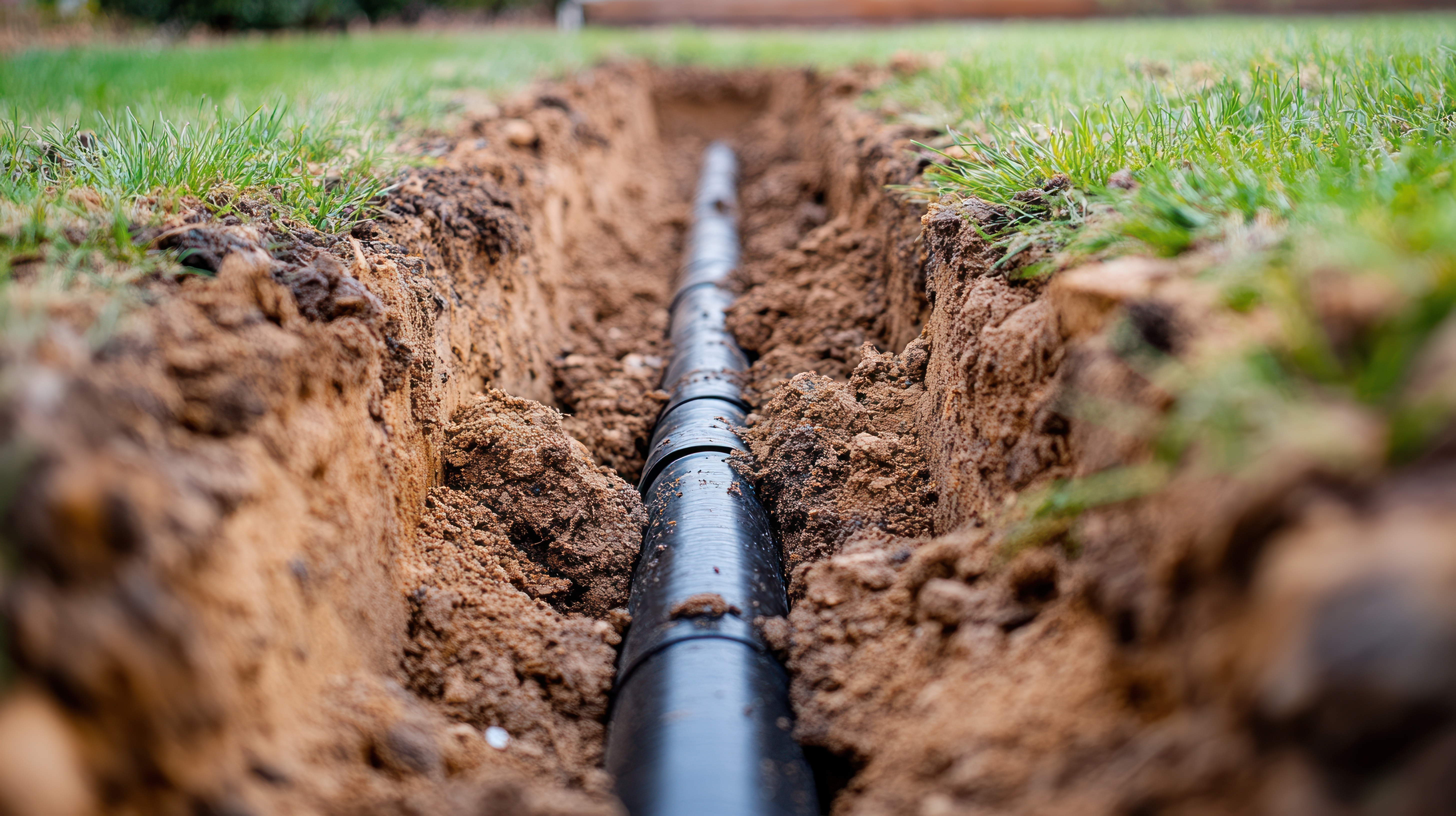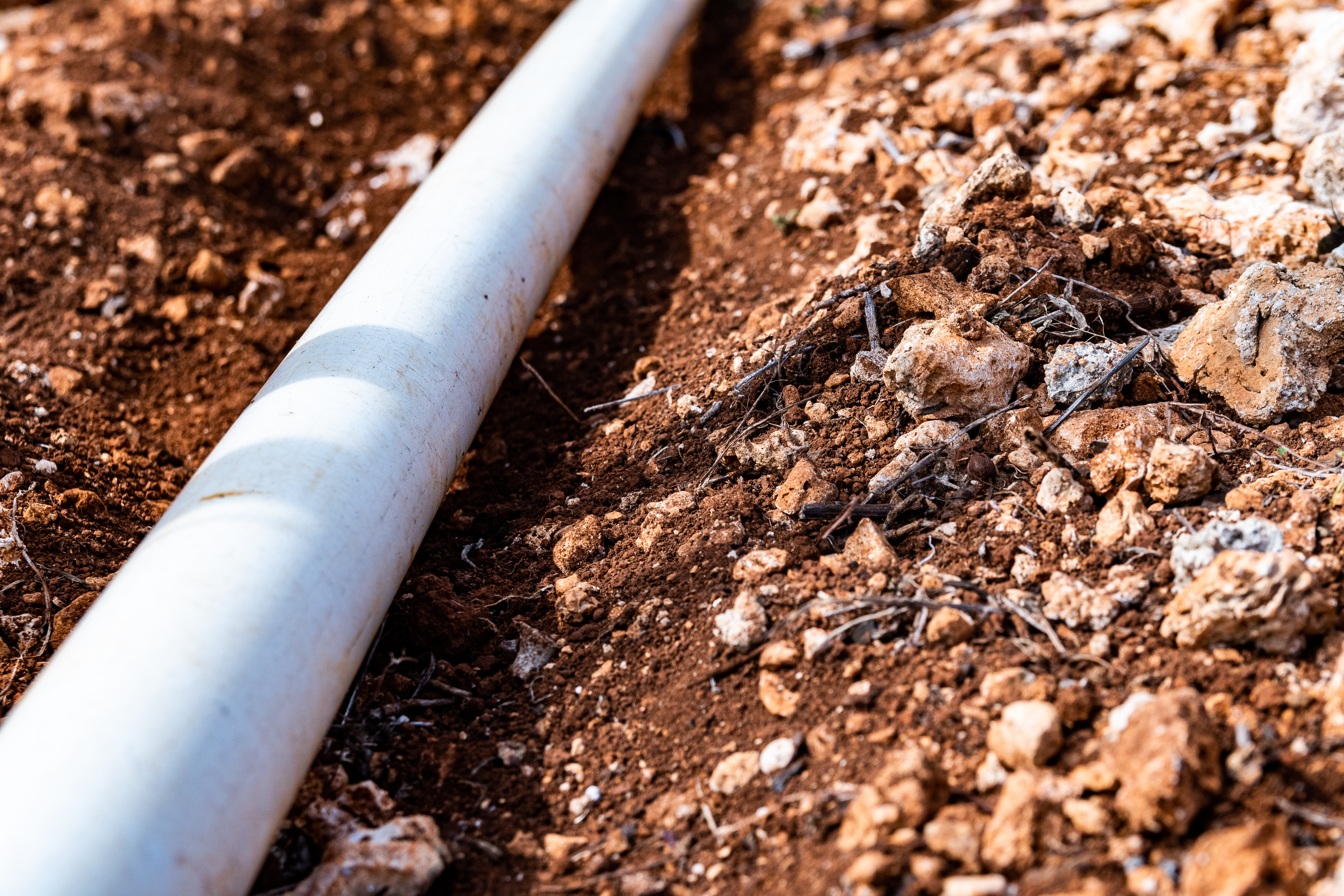
New York plumbers are some of the priciest in the nation. High cost of living and aging buildings contribute to their hefty price tag. Learn the other factors affecting how much a plumber costs in New York City.
Find your sink’s drain height sweet spot with these tips


Drain height is the distance between a sink drain and the wastewater drainpipe.
The optimal drain height is between 16 and 24 inches.
The wrong drain height can cause drainage problems, clogs, and P-trap smells.
Appliances like dishwashers and garbage disposals need the right drain height.
It can be complicated to fix drain-height mistakes, so install it right the first time.
Did you know that the height of your sink drain matters? If it's too high or too low, your sink won’t drain correctly, setting you up for an ongoing battle against standing water and clogs. That’s why you want just the right distance between the bottom of your sink basin and the floor, leaving enough space for the connection between your drainpipe and the plumbing system. This guide covers sink drain height, what happens when it goes wrong, and how to measure it.

Sink drain height is the vertical distance between the drain in your sink basin and the floor. When installing a new kitchen sink or figuring out why your existing sink is acting up, you might need to measure for accurate drain height.
The optimal height of a sink drain is between 16 and 20 inches from the floor, with 18 inches being the most common height. Bathroom drain height ranges from 16 to 24 inches, and kitchen sink drain height falls between 16 and 20 inches depending on the sink and cabinet height. For accessible sinks, you’ll want a drain height of at least 27 inches, with a sink top height no greater than 34 inches from the floor. Your plumber can check local building codes and product specifications for more guidance.
Shaddai Plumbing team is great! They are very professional, they keep their word, they complete job without delays. Great quality. We had to replace old water pipes across 2-story home and their service was great. We asked to add additional water switches to be able to switch hot/cold water on and off in separate parts of home - and they did it. Now if it will be leak or other problem - we can switch off kitchen area, or second floor without impacting other parts of our home. Highly recommended!
Simply put, your sink won’t drain properly if the drain height is wrong. This can potentially cause problems, including clogs, standing water, overflows, and smelly drains. If you routinely have to call local drain cleaners or other pros who deal with clogs and similar drain problems, talk with them about whether your drain height could be to blame.
Sinks should have a P-trap, a U-shaped bend in the piping that traps water and prevents sewer gasses from coming up and out of the sink drain. If the sink drain height is wrong, it can prevent P-traps from working correctly and allow smells and gasses to back up into your home.
Fixing the issue can be as simple as recutting the pipe, using a drain height adapter, or adding a pipe extension. However, if the rough-in plumbing needs correcting, it can be costly to accomplish in a completed bathroom or kitchen.
A kitchen sink drain that’s too high or too low can also cause plumbing problems when your plumber tries to connect the garbage disposal, dishwasher, and other appliances. Your sink height, the types of appliances you’re connecting, where you’re connecting them, and specific manufacturer’s guidelines will all help determine the best height for the sink drain piping.

When installing rough-in plumbing, plumbers determine the location of lines, including the sink drain, and measure and mark the height and placement. At some point in time, you may need to check for the right height or add a new line for a new sink. In these cases, knowing how to measure sink drain height will help you check for accuracy or run a new pipe.
For new installations, it helps to know which sink or cabinet you’re installing. This will let you customize your plumbing so the drain height matches your specific fixture and cabinet height. If you’re installing rough-in plumbing, stick within the standard measurements of 16 to 24 inches above the floor or follow the manufacturer’s guidelines and local plumbing codes.
Follow these tips for accurate measurements on an existing sink:
Get a tape measure, level, and flashlight.
Find your drainpipe. It will be under your sink and connected via the tailpiece to the drain at the bottom of the sink basin.
Measure by placing one end of the tape measure tight against the bottom of the sink basin near the existing drainpipe and extending it vertically down to the spot where the pipe connects to the floor or the wastewater pipe (if visible above the floor).
Use your level to confirm that the drainpipe is horizontally straight. If it isn’t level, you may need to adjust the angle to prevent or fix drainage problems.
Call a local plumbing company if you have problems or have trouble deciding whether your sink drain height is correct.
From average costs to expert advice, get all the answers you need to get your job done.

New York plumbers are some of the priciest in the nation. High cost of living and aging buildings contribute to their hefty price tag. Learn the other factors affecting how much a plumber costs in New York City.

Discover the primary factors that affect your main water line replacement cost in New York, including length, materials, and the necessary installation method.

Discover the pricing factors that will affect your main water line repair cost in New York, including the repair type, size, and accessibility challenges.

Winter can be particularly harsh on your plumbing—from water heater issues to frozen pipes. As the weather gets chilly, use these tips to prepare your home and avoid a costly winter plumbing leak.

Need to create a residential plumbing design layout but don’t know where to start? Learn essential plumbing components to create the perfect layout for your home.

Follow this guide to learn how to install a kitchen sink drain, from shutting off the water supply to lowering the drain outlet and connecting the P-trap.